| Recent Featured Videos and Articles | Eastern “Orthodoxy” Refuted | How To Avoid Sin | The Antichrist Identified! | What Fake Christians Get Wrong About Ephesians | Why So Many Can't Believe | “Magicians” Prove A Spiritual World Exists | Amazing Evidence For God | News Links |
| Vatican II “Catholic” Church Exposed | Steps To Convert | Outside The Church There Is No Salvation | E-Exchanges | The Holy Rosary | Padre Pio | Traditional Catholic Issues And Groups | Help Save Souls: Donate |  |
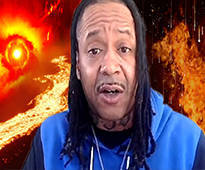
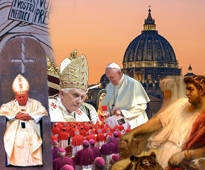
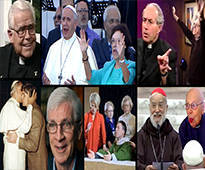
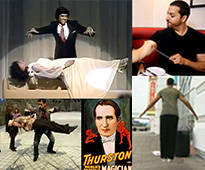
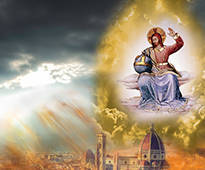

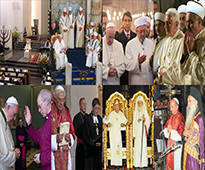


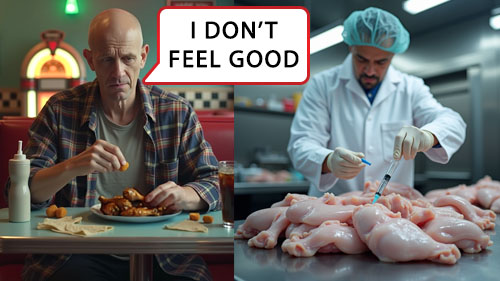 " />
" />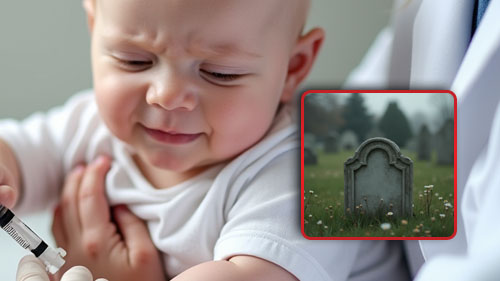 " />
" />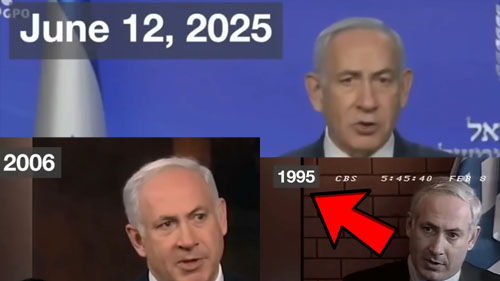 " />
" /> " />
" />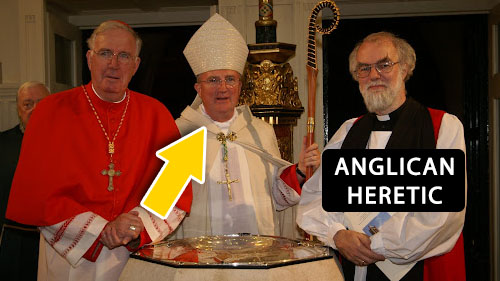 " />
" />




The Case of Father Feeney
Heretics and modernists resist the truth, just as they resist Him who is the Truth (Jn. 14:6). And because they resist the truth they resist facts, because facts report truth without any error. One of the facts that the modernists and heretics resist most of all is the fact that the Catholic Church has infallibly taught that Outside the Catholic Church There is No Salvation and that John 3:5 is to be taken as it is written and that the Sacrament of Baptism is necessary for salvation (Trent, Sess. 7, Can. 5 on the Sacrament).
So what do these people do with these facts staring them in the face? They resort to attacking the reporter of these facts (argumentum ad hominem), which enables them to ignore the facts themselves. The episode of Father Leonard Feeney, S.J. is a case in point.
The dogma Outside the Catholic Church There is No Salvation really has nothing to do with Father Leonard Feeney. (In fact, I had never heard of Fr. Feeney when I came to the same conclusion – based upon Catholic dogma – that the Sacrament of Baptism is absolutely necessary for salvation and that all those who die as non-Catholics are lost.) It has to do with the teaching of the Chair of St. Peter, as I have shown, which is the authentic and infallible teaching of Christ. To reject this Catholic dogma is to reject Christ Himself.
Father Feeney became famous for his public stand for the dogma Outside the Catholic Church There is No Salvation in the 1940’s and 1950’s. Most people fail to realize that, at that time, the world’s bishops were by no means staunch traditionalists. Most of the world’s bishops had already embraced the heresy of indifferentism, which explains why almost all of them signed the heretical Vatican II documents just a short time later. They had embraced the heretical idea that “invincible ignorance” saves those who die as non-Catholics, as I’ve discussed in certain previous sections. This is why one can easily detect heresy against the dogma in most theology manuals and texts beginning as early as the late 19th century. In fact, during his time, Father Feeney wrote to all of the bishops of the world about the dogma Outside the Church There is No Salvation and received only three positive responses. In other words, only three of the world’s bishops at that time manifested a positive belief in the dogma Outside the Catholic Church There is No salvation as it had been defined. It is no wonder that Vatican II went through with virtually no resistance from the Episcopate.
Father Feeney believed and preached the dogma – as it had been defined – publicly in Boston. He believed and preached that unless a man embraces the Catholic Faith – whether he be a Jew, Muslim, Protestant or agnostic – he will perish forever in Hell. Many converted, and many were angry. He had not a few enemies, especially among the increasingly modernist, politically correct and compromised clergy.
One of his main enemies was the Archbishop of Boston, Richard Cushing, a B’nai Brith (Jewish Freemasons) man of the year, and someone who called the dogma Outside the Catholic Church There is No Salvation “nonsense.” In April of 1949, Cushing silenced Fr. Feeney and interdicted St. Benedict Center (the apostolate affiliated with Fr. Feeney). The reason given by Cushing was “disobedience,” but the real reason was Father Feeney’s public stand for the dogma Outside the Catholic Church There is No Salvation. It was not due to Father Feeney’s stand against the theory of baptism of desire either, since this wasn’t first published until 1952. Cushing’s dissatisfaction with Fr. Feeney was strictly based on Father Feeney’s stand for the defined dogma that only Catholics – and those who become Catholics – can be saved.
Cushing had allies with other heretical clergymen in Boston, the area where the controversy erupted. Father John Ryan, S.J., head of the Adult Education Institute of Boston College, stated in the fall of 1947: “I do not agree with Father Feeney’s doctrine on salvation outside the Church.”[2] Father Stephen A. Mulcahy, S.J., Dean of the College of Arts and Sciences of Boston College, termed it: “Father Feeney’s doctrine that there is no salvation outside the Church.”[3] And Father J.J. McEleney, S.J., Provincial of the New England Province of the Society of Jesus, told Father Feeney in a personal meeting, that he was being ordered to transfer to Holy Cross College because of “Your doctrine.”[4] Father Feeney quickly responded, “My doctrine on what?” To which Fr. McEleney replied, “I’m sorry, we can’t go into that.”
Right from the start, these fallen clergymen fused the issue with Father Feeney rather than the real source from which it came. This enabled them to focus on Father Feeney, and ignore Jesus Christ, whose doctrine this was.
These heretics failed to realize that to belittle a defined dogma to something of Father Feeney’s invention is blasphemous and severely dishonest. But God is not mocked. We see the same thing today, especially rampant among so-called traditionalists. But I will return to this point.
On December 2, 1948, the President of Boston College, Father William L. Keleher, S.J., held an interview with Dr. Maluf, who was an ally of Father Feeney in the stand for the dogma. Fr. Keleher stated:
When Maluf (a member of the Boston College faculty) responded that this “phrase” is a defined dogma, Fr. Keleher said:
So there you have the case of Father Feeney in a nutshell. Father Feeney held, as it had been defined, that there is no salvation for those who die as non-Catholics. Those against him, including Fr. Keleher (President of Boston College), the Archbishop of Boston, the priests at Boston College, and the “theologians” at St. John’s Seminary, held a different doctrine “on the salvation of non-Catholics.” This was the battle. This was the dividing-line. One was either on one side or the other. One believed that there is no salvation for those who die as non-Catholics or one believed that there is salvation for those who die as non-Catholics. Let me quickly remind the reader on which side he will find the Catholic Church.
A Jesuit priest of the new Vatican II religion skillfully describes what the scene was like when “the Boston Heresy Case” (i.e., whether only those who die as Catholics can be saved) erupted into public view during Holy Week 1949.
On April 13, 1949, Fr. Keleher (the President of Boston College) fired Dr. Maluf, James R. Walsh and Charles Ewaskio from the faculty at Boston College for accusing the school of heresy against the dogma Outside the Church There is No Salvation. In his April 14 statement to the press explaining the reason behind their dismissal, Fr. Keleher stated:
One cannot help but notice Fr. Keleher’s double-tongue: these men were dismissed for ideas leading to intolerance, which could not be tolerated. If intolerance is the false doctrine here, as Fr. Keleher indicates, then he is condemned by his own mouth. Furthermore, one cannot pass over Fr. Keleher’s brazen assertion that “Their doctrine [i.e., the solemnly defined dogma that those who die as non-Catholics cannot be saved] is erroneous.” By this statement Keleher is asserting that the Church’s doctrine (on no salvation outside the Church) is erroneous and in no way his own. This was the type of heretical, anti-Catholic character in league with Archbishop Richard Cushing in the quest to crush Fr. Feeney’s preaching of the dogma.
This was the beginning of the end, so to speak, as will be seen when we look at what has resulted in Boston as a result of their selling out of the dogma Outside the Church There is No Salvation.
Endnotes:
[1] The Papal Encyclicals, Vol. 2 (1878-1903), p. 394.
[2] Bro. Robert Mary, Father Feeney and The Truth About Salvation, p. 13.
[3] Bro. Robert Mary, Father Feeney and The Truth About Salvation, p. 13.
[4] Bro. Robert Mary, Father Feeney and The Truth About Salvation, p. 14.
[5] The Papal Encyclicals, Vol. 1 (1740-1878), p. 297 and footnote 4.
[6] Bro. Robert Mary, Father Feeney and The Truth About Salvation, p. 16.
[7] Bro. Robert Mary, Father Feeney and The Truth About Salvation, p. 16.
[8] The Papal Encyclicals, Vol. 1 (1740-1878), p. 229.
[9] Fr. Mark Massa, Catholics and American Culture, New York: The Crossroad Publishing, Co., 1999, p. 31.
[10] Bro. Robert Mary, Father Feeney and The Truth About Salvation, p. 18.
Sign up for our free e-mail list to see future vaticancatholic.com videos and articles.
Recent Content
^